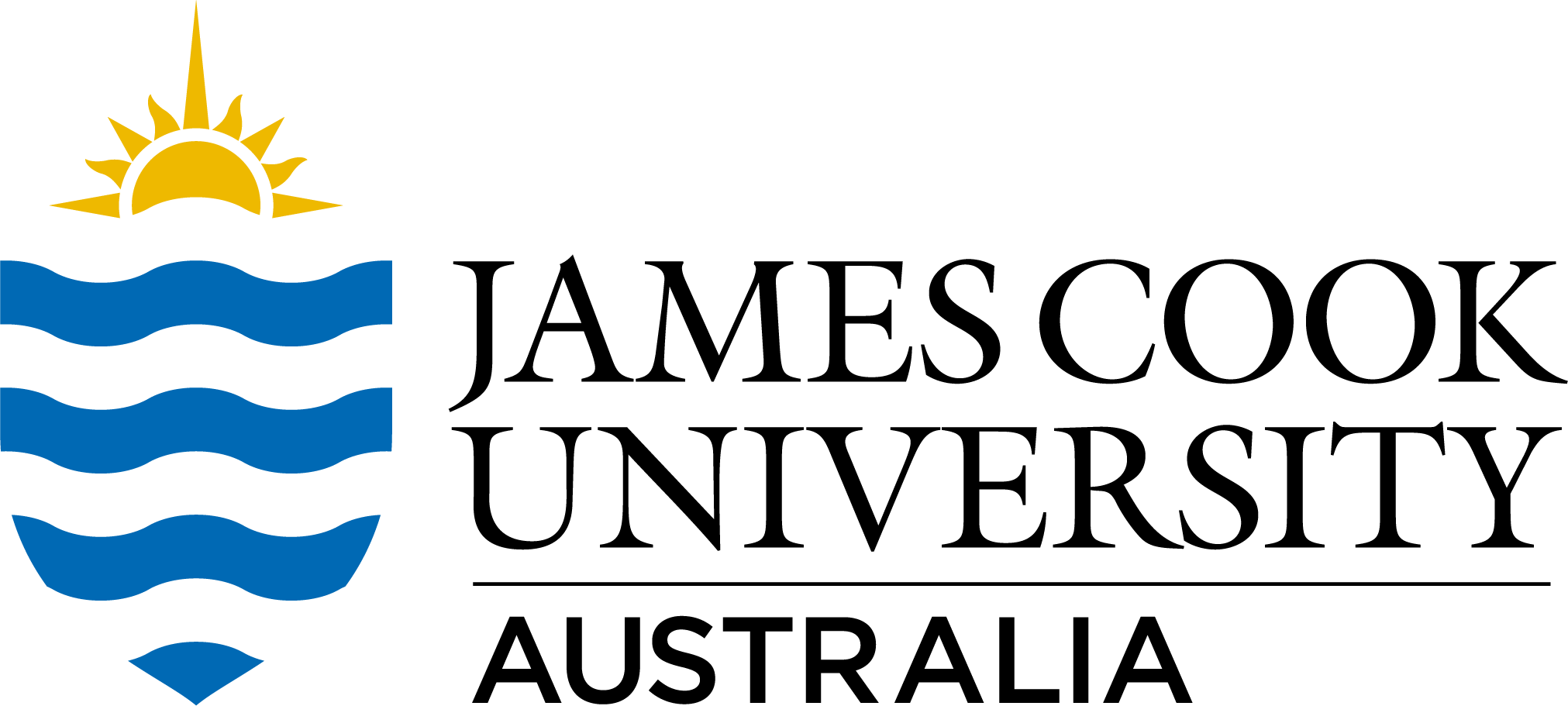Full description
The use of contraceptives for family planning improves women’s lives and may prevent maternal deaths. However, many women in low and middle-income countries, including the Pacific region, still die from pregnancy-related complications. While most health centres offer family planning services with some basic contraceptive methods, many people do not access these services. More than 60% of women who would like to avoid or delay their pregnancies are unable to do so. This scoping review identifies and analyses evidence about family planning service provision in Pacific Island Countries and Territories (PICTs), with the aim of better-informing family planning services for improved maternal health outcomes in the Pacific. We used Arksey and O’Malley’s scoping review guidelines, supported by Levac, Colquhoun and O’Brien to identify gaps in family planning service provision. Selected studies included peer-reviewed publications and grey literature that provided information about family planning services from 1994 to 2019. Publication data was charted in MS Excel. Data were thematically analysed and key issues and themes identified. A total of 45 papers (15 peer-reviewed and 30 grey literature publications) were critically reviewed. Five themes were identified: i) family planning services in the Pacific; ii) education, knowledge, and attitudes; iii) geographical isolation and access; iv) socio-cultural beliefs, practices, and influences; and v) potential enabling factors for improved family planning, such as appropriate family planning awareness by health care providers and services tailored to meet individual needs. While culture and religion were considered as the main barriers to accessing family planning services, evidence showed health services were also responsible for limiting access. Family planning services do not reach all age groups, men and unmarried women. Making relevant and sustainable improvements in service delivery requires generation of local evidence. Further research is needed to understand availability, accessibility, and acceptability of current family planning services for different age groups, genders, and social and marital status to better inform family planning services in the Pacific.
Software/equipment used to manipulate/analyse the data: Microsoft Excel 2016.
This data set consists of 3 files (2 PDF format, 1zip folder) that support the scoping review as follows:
-
Screening tool_inclusion exclusion criteria.pdf - this is a table outlining the selection process of articles included in the review.
-
Data extraction_sheet.pdf - data extraction table
-
Supporting information.zip - this folder contains 8 PDF files ( review protocol, PRISMA-ScR checklist, eligibility criteria, keywords, search strategy, selection of sources of evidence, data charting, example coding process)
Created: 2021-06-03
text: Melanesia
text: Micronesia
text: Polynesia
User Contributed Tags
Login to tag this record with meaningful keywords to make it easier to discover
- DOI : 10.25903/XJ7Y-9713

- Local : researchdata.jcu.edu.au//published/07d0933d17f3070f5e5e38da36bfdfff


